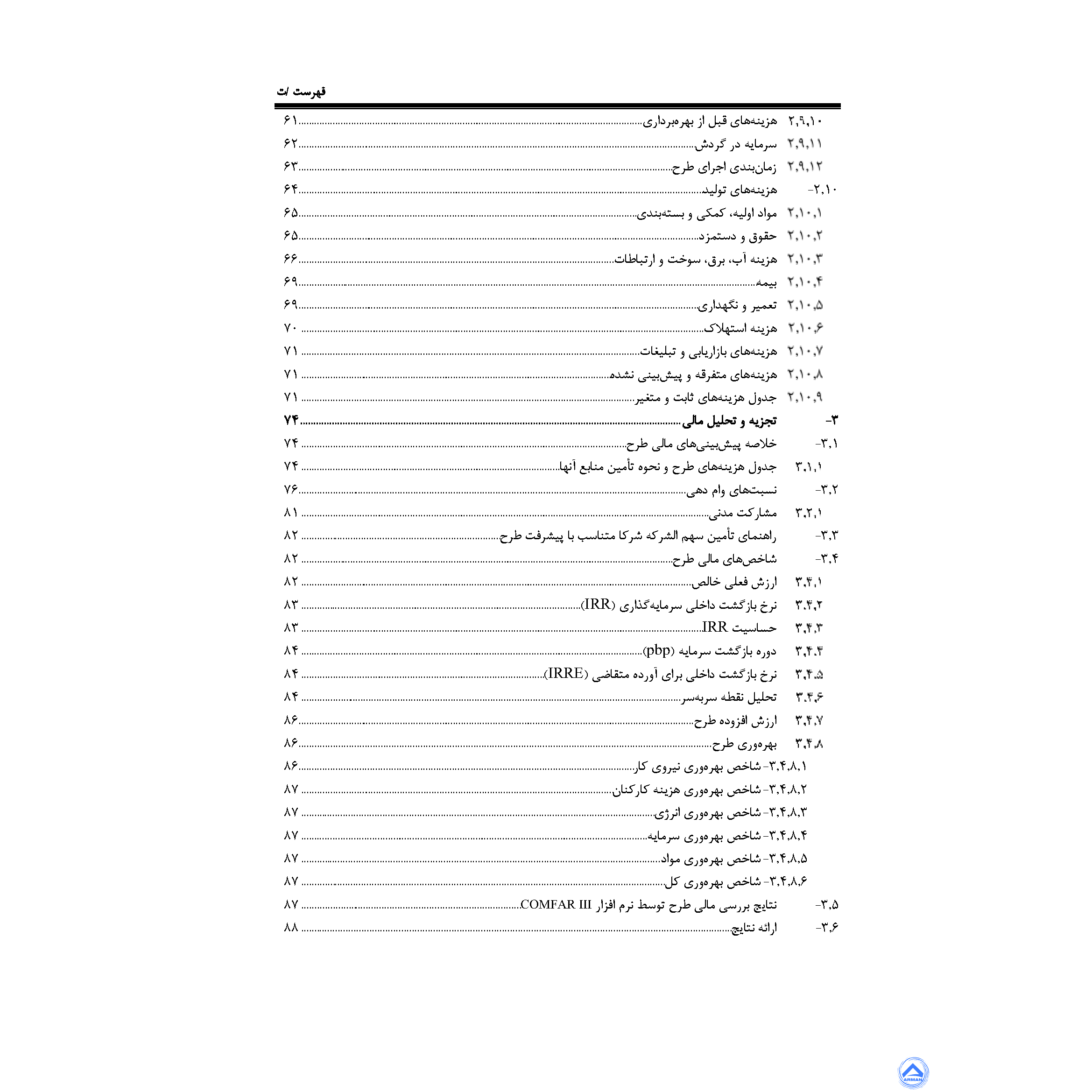

The set of numbers after the dash represent the Brass. The first set of numbers (before the dash) represent the Woodwinds. The system used above is standard in the orchestra music field. The bracketed numbers tell you the precise instrumentation of the ensemble.
Nyssma manual code#
While this instrumentation has come to be common, it is still not "Standard" as many Brass Dectets use very different forces, most often with more Horns than PJBE.įollowing some titles in our Orchestra & Band catalogs, you will see a numeric code enclosed in square brackets, as in these examples:īeethoven Symphony No 1 in C, op 21 Piccolo and Flugelhorn being the most common. In addition, there are often doublings in the Trumpet section It consists of the forces 414.01, and often includes Percussion and/or Tympani. This is a special instrumentation adopted and perfected by the Philip Jones Brass Ensemble. People often ask us about "PJBE" or "Philip Jones" instrumentation.


Nyssma manual plus#
Any additional instruments (Tympani in this example) are indicated by a "w/" (meaning "with") or by using a plus sign. The first number stands for Trumpet, the second for Horn, the third for Trombone, the fourth (separated from the first three by a dot) for Euphonium and the fifth for Tuba. The bracketed numbers tell you how many of each instrument are in the ensemble. Quintet - Flute, Oboe, Clarinet, Bassoon & Horn - įollowing many of the titles in our Brass Ensemble catalog, you will see a set of five numbers enclosed in square brackets, as in this example:Ĭopland Fanfare for the Common Man Item: 02158.Quartet - Flute, Oboe, Clarinet & Bassoon - or.Titles with no bracketed numbers are assumed to use "Standard Instrumentation." The following is considered to be Standard Instrumentation: Note the "2+1" portion means "2 oboes plus english horn" Thus a double reed quartet of 2 oboes, english horn and bassoon will look like this: Whenever this occurs, we will separate the first four digits with commas for clarity. These are linked to their respective principal instruments with either a "d" if the same player doubles the instrument, or a "+" if an extra player is required. Sometimes there are instruments in the ensemble other than those shown above. This woodwind quartet is for 1 Flute, no Oboe, 1 Clarinet, 1 Bassoon, 1 Horn and Piano. Any additional instruments (Piano in this example) are indicated by "w/" (meaning "with") or by using a plus sign. The first number stands for Flute, the second for Oboe, the third for Clarinet, the fourth for Bassoon, and the fifth (separated from the woodwinds by a dash) is for Horn. Rimsky-Korsakov Quintet in Bb Item: 26746 Horn Ensembles: Updated - More titles to be added, stay tuned.įollowing many of the titles in our Wind Ensemble catalog, you will see a set of numbers enclosed in square brackets, as in this example: Saxophone Ensembles: Complete - More titles to be added, stay tuned.
Nyssma manual manual#
Need a new Manual? Order Now, either the complete Manual with Binder or just the 2018-2021 Insert (for your existing binder). This website is a sub-set of the complete Manual and is not guaranteed to be 100% perfect and is not inclusive of all stipulations (such as movements to be performed, vocal keys, cuts, etc.). Most of the classics are still there, but a few have been retired, so be careful.Īs always, please refer to your current 2018-2021 NYSSMA Manual for final say on permissible works and other stipulations. There have been many changes from the old Manual, some quite significant (Edition Musicus is back, for one!). Below is a list of the updated pages for your convenience. Older, non-updated pages will still show 2015-2018. The new Manual covers the years 2018-2021, and updated pages will show these years. You can readily tell if a section is updated by looking at the dates on that section's page. We are currently working on updating the instrumental ensemble categories. We have updated all of the solo instrumental and vocal categories as of September 30th. As you might imagine, this will take a little time. Our NYSSMA website is now in the process of catching up. On July 1st, 2018, the new NYSSMA Manual (volume 32) went into effect.


 0 kommentar(er)
0 kommentar(er)
